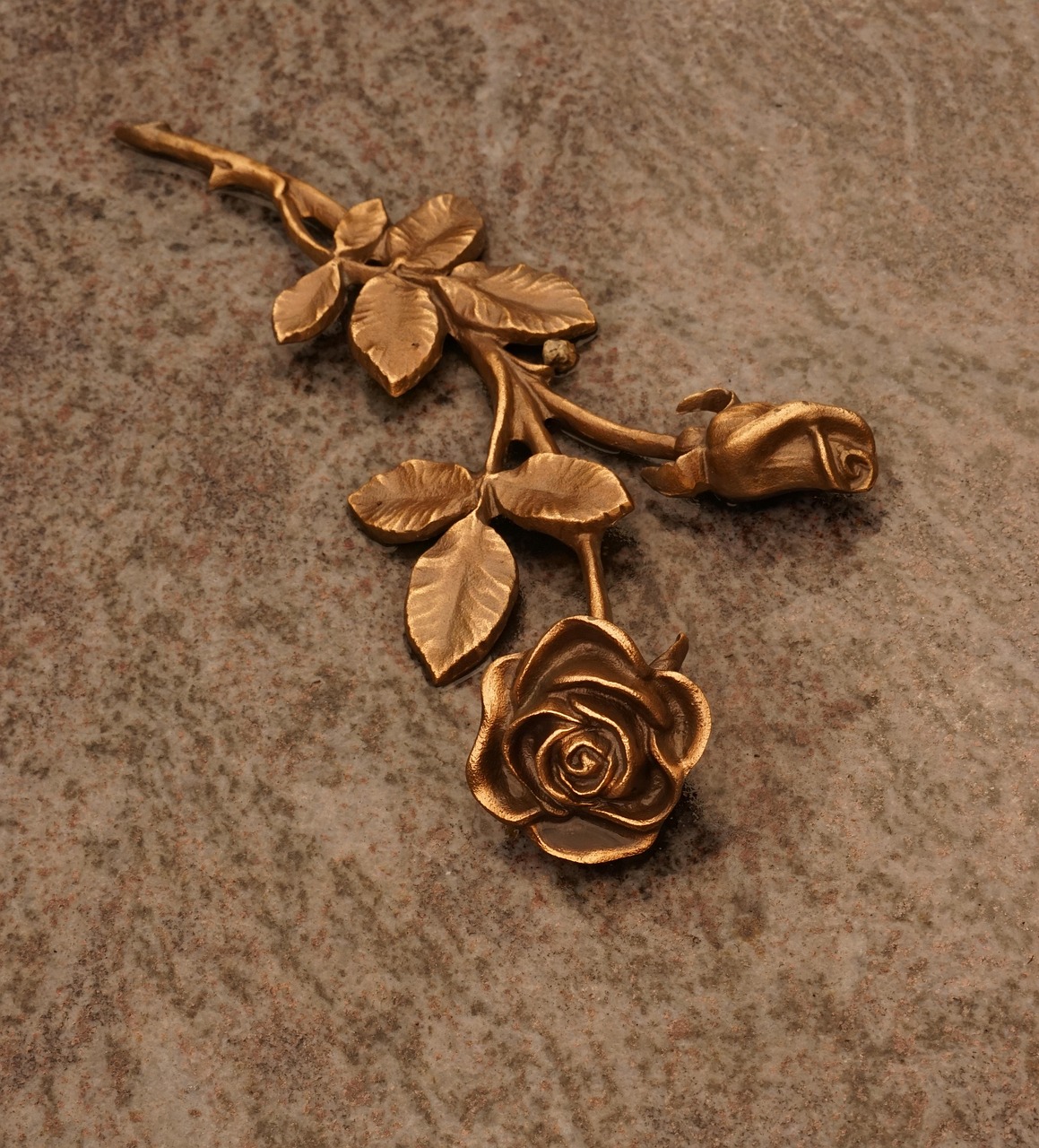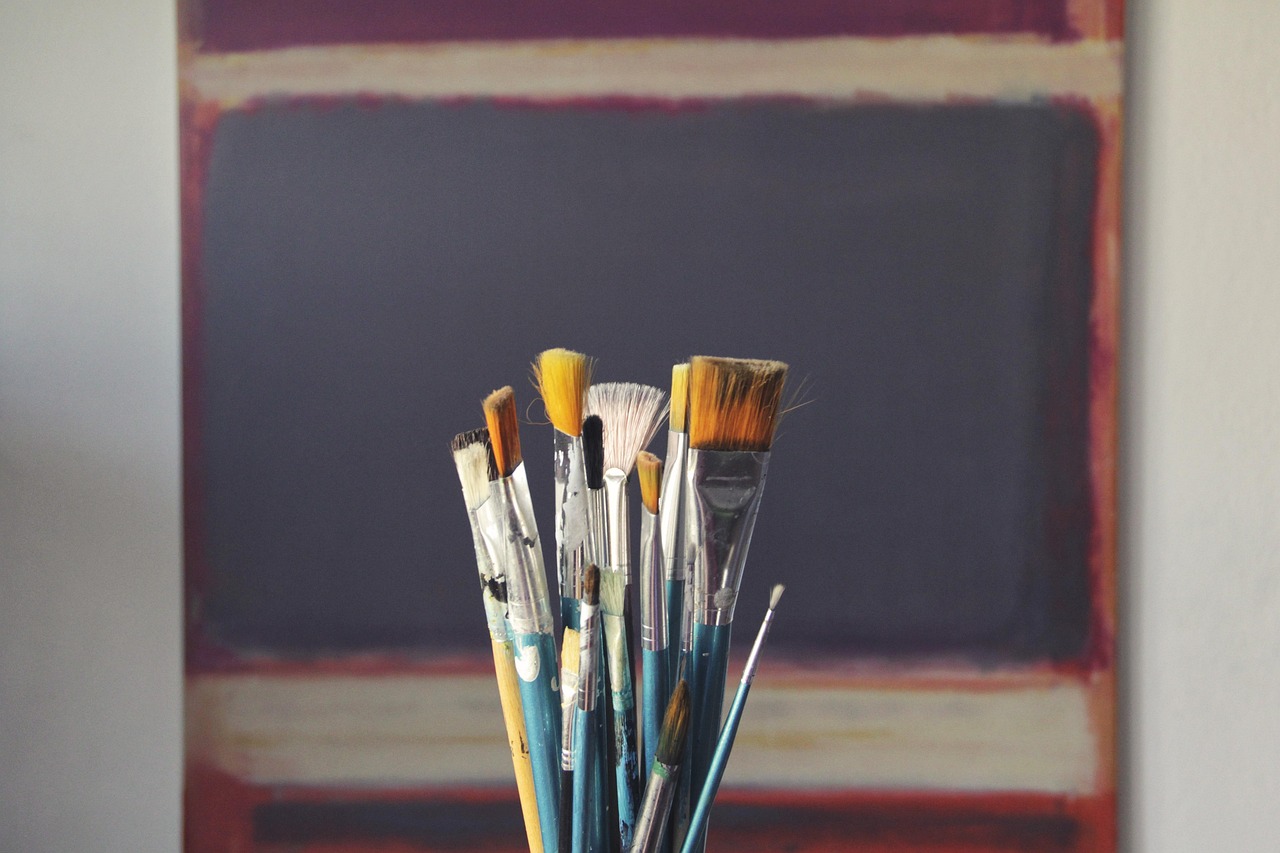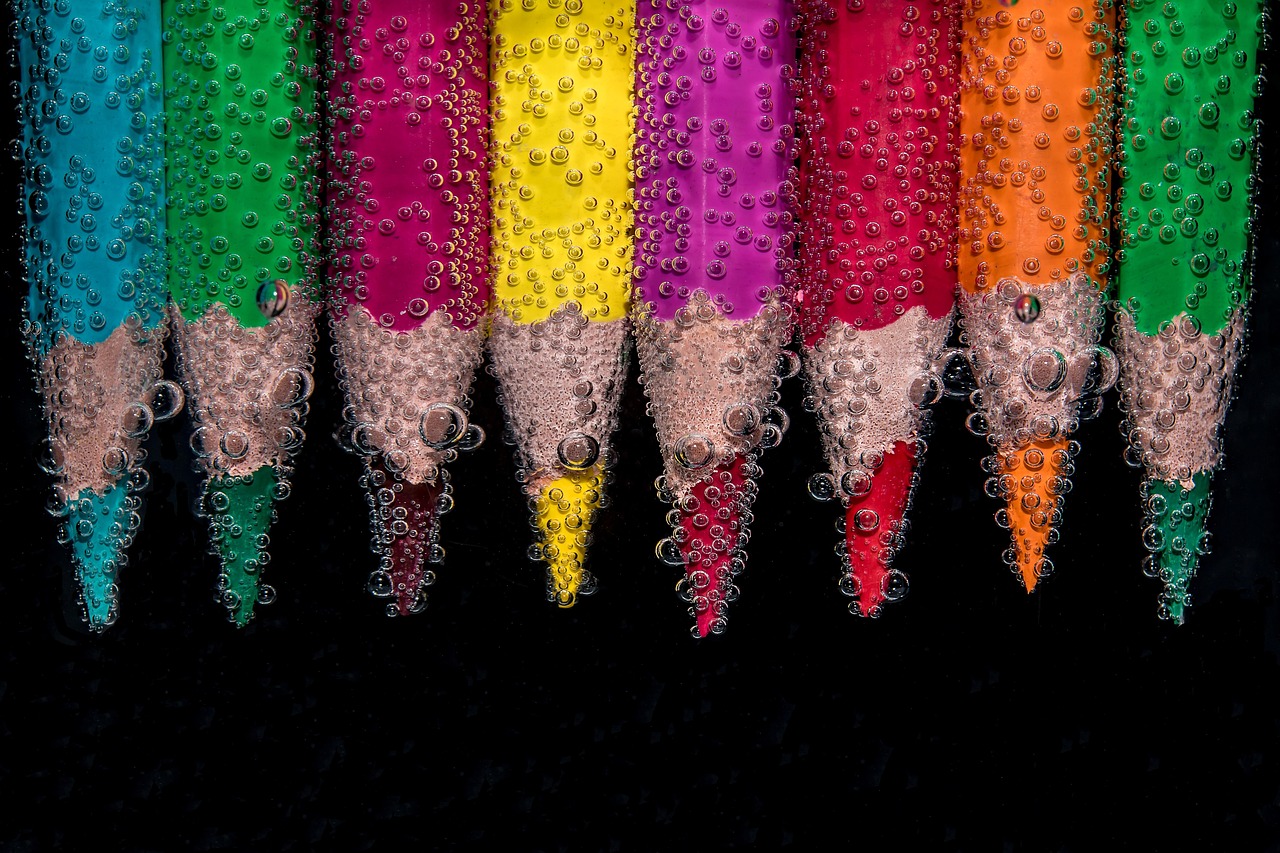The charm of gilded paintings has long enthralled art enthusiasts. Gold paint or gold leaf is used to adorn these exquisite works of art, producing a breathtaking visual effect. Gold has been used in art for centuries and is still a common choice for artists who want to give their works a hint of luxury. We will examine the history, methods, and artistic significance of gilded paintings in this article.
Gilded Paintings’ History
The history of gilded paintings is extensive and crosses many cultures and eras. The use of gold leaf in artwork as a symbol of wealth, power, and divinity dates back to ancient civilizations like the Greeks, Romans, and Egyptians. Gilding emerged as a popular religious art technique during the Middle Ages, when artists used gold leaf to adorn manuscripts, altarpieces, and icons in an effort to inspire awe and spirituality.
Gilding rose to unprecedented popularity during the Renaissance, when artists such as Michelangelo and Leonardo da Vinci used gold leaf in their works of art. Gold was also widely used in art during the Baroque and Rococo periods, as evidenced by the ornate gilded frames and ornamental motifs that adorned sculptures and paintings.
With the advent of the Aesthetic movement in the 19th century, which aimed to highlight the aesthetic appeal and beauty of art, gilding saw a resurgence. Known for using gold leaf in their paintings, artists such as Gustav Klimt and Alphonse Mucha produced sumptuous and opulent pieces that enthralled viewers.
Gilding Techniques
Gilded paintings can be made using a variety of methods, all of which call for skill and accuracy to produce the intended result. One popular technique is water gilding, in which the artwork’s surface is covered with a thin layer of gesso, an adhesive, before the gold leaf is carefully positioned and burnished to produce a glossy, smooth finish.
Another method is oil gilding, in which an adhesive composed of oil and resin is used to apply the gold leaf straight onto the painting. A more textured and subtle finish is produced by applying the gold with more control and flexibility using this technique.
In order to produce inventive and one-of-a-kind gilded paintings, artists have continued to experiment with gilding techniques in contemporary art, fusing conventional techniques with cutting-edge materials and technologies. While some artists use metallic pigments or gold paint to simulate the appearance of gold leaf, others use gold leaf to create multi-layered effects in mixed-media artworks.
Gilded paintings and their significance
In the art world, gilded paintings are particularly significant because they stand for wealth, distinction, and luxury. Gilded paintings are highly sought after and valued by collectors and art enthusiasts alike because the use of gold in artwork represents wealth, power, and the divine.
Since gold has long been used to enhance a piece’s spiritual and symbolic significance, gilded paintings are frequently connected to religious and ceremonial art. Gold is prized for its strength and resistance to corrosion in addition to its aesthetic appeal, guaranteeing that gilded paintings will continue to shine and be beautiful for many generations to come.
Gilded paintings still encourage artists to push the limits of craftsmanship and creativity in modern art. Artists can produce visually arresting and emotionally stirring works that inspire viewers to reflect on the intricacy and beauty of the world by utilizing gold paint or gold leaf.
For centuries, people have been enthralled with the timeless and alluring art of gilded paintings. Gilded paintings have a special place in the art world as representations of beauty, luxury, and inventiveness because of their rich history, elaborate techniques, and profound symbolism. Gilded paintings never cease to awe and inspire spectators with their glistening beauty and classic elegance, regardless of whether they are produced through conventional techniques or creative approaches.






